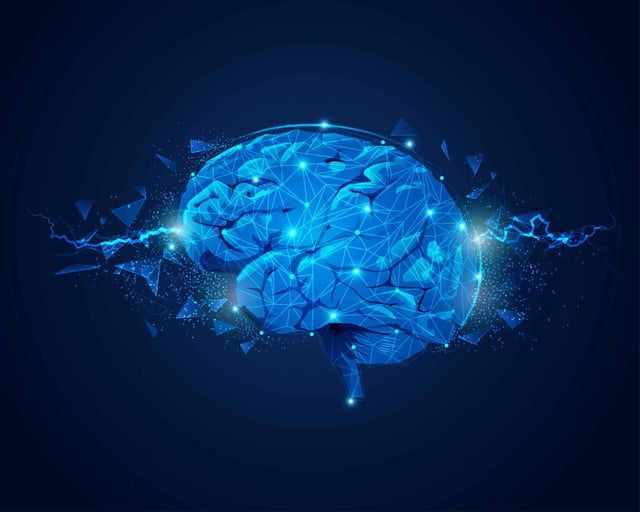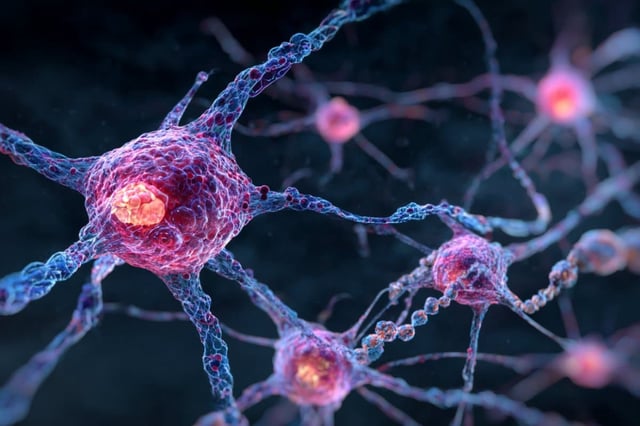Overview
- Firestein’s July 11 Science Advances paper shows cypin directs K63-linked polyubiquitin tagging on synaptic proteins.
- Binding of cypin to the proteasome complex slows proteasome-mediated protein breakdown, leading to higher levels of synaptic proteins.
- Cypin boosts UBE4A enzyme activity to further promote ubiquitin tagging at neuronal junctions.
- These mechanisms preserve neuronal connections, strengthening those critical for learning and memory.
- Supported by the National Institute of Neurological Disorders and Stroke, the Coalition for Brain Injury Research and private donors, translational initiatives are developing cypin-targeted therapies for Alzheimer’s, Parkinson’s and traumatic brain injury.

